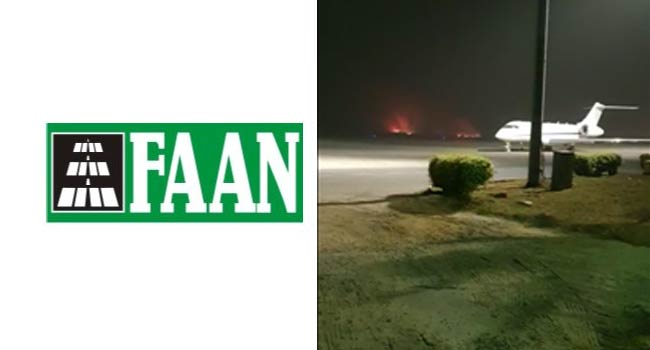‘Twin Peaks’ Finale Recap: The Story Ends – Forever? – with a Mystifying, Entrancing Finish
|
“What the f–k just happened?” asks one cowboy to another, when an FBI agent named Dale Cooper — or is it Richard? — …
What the f—k just happened?” asks one cowboy to another, when an FBI agent named Dale Cooper — or is it Richard? — disarms them, deep-fries their guns, and then at gunpoint, courteously asks the waitress write down an address. It’s a question that applies to most of the “Twin Peaks: The Return” finale, which ended with a sky-shattering, ground-shaking, still-haunting scream. Sheryl Lee, who plays Laura Palmer and the woman who in this episode identifies herself as Carrie Page, has the look of a Hitchcock blonde — and the sound of one, too. In a way it feels like all of “Twin Peaks,” from its 1990 premiere to its Sept. 3 finale, is a journey of getting inside the unhinged, female terror of that scream. David Lynch has taken us on a circuitous journey towards the bloodcurdling — which has taken us both to the corrupted soul of Americana and across astral dimensions. Tonight’s two-part finale of “Twin Peaks: The Return” recentered the “Twin Peaks” story on its long-dead victim, Laura Palmer. Unlike most dead girls who become inciting incidents, Laura is the reanimated center of her own murder: Even though she is dead, she is also brought to life again and again by the camera, either as a spiritual being, in a flashback, or as a different person entirely. It’s one of the most beautiful and the most ultimately tragic elements of “Twin Peaks” — the show that gives such remarkable voice to its victim is also constantly reminding the audience of the unnameable horror of her final days.
|
One of the reasons “Twin Peaks” is so persistently seductive is because it finds a way to inhabit American emptiness in a way few others can approach. Emptiness is a part of this country’s cultural heritage; driving through America, in “Twin Peaks,” feels as isolated and hair-raising as it might on a long stretch of two-lane highway through remote Texas. The gas station in the final episode is shrouded with darkness that looks ready to close in at a moment’s notice. Lynch’s art, at least part of it, injects meaning behind moments that would otherwise be stunning for their artifice. It’s like a reverse camp, and it’s especially apparent for any emphasis on Lee, who so thoroughly embodies his “Twin Peaks” aesthetic. The final hour of “Twin Peaks: The Return felt like it was the final stroke cutting through a shroud of illusion about America that the show has explored since the first episode. Underneath the artifice — the suggestions made by this soap operatic melodrama — is that endless, echoing scream. | ||
|



